Home>Home Appliances>Bathroom Appliances>How Often To Use A Water Flosser
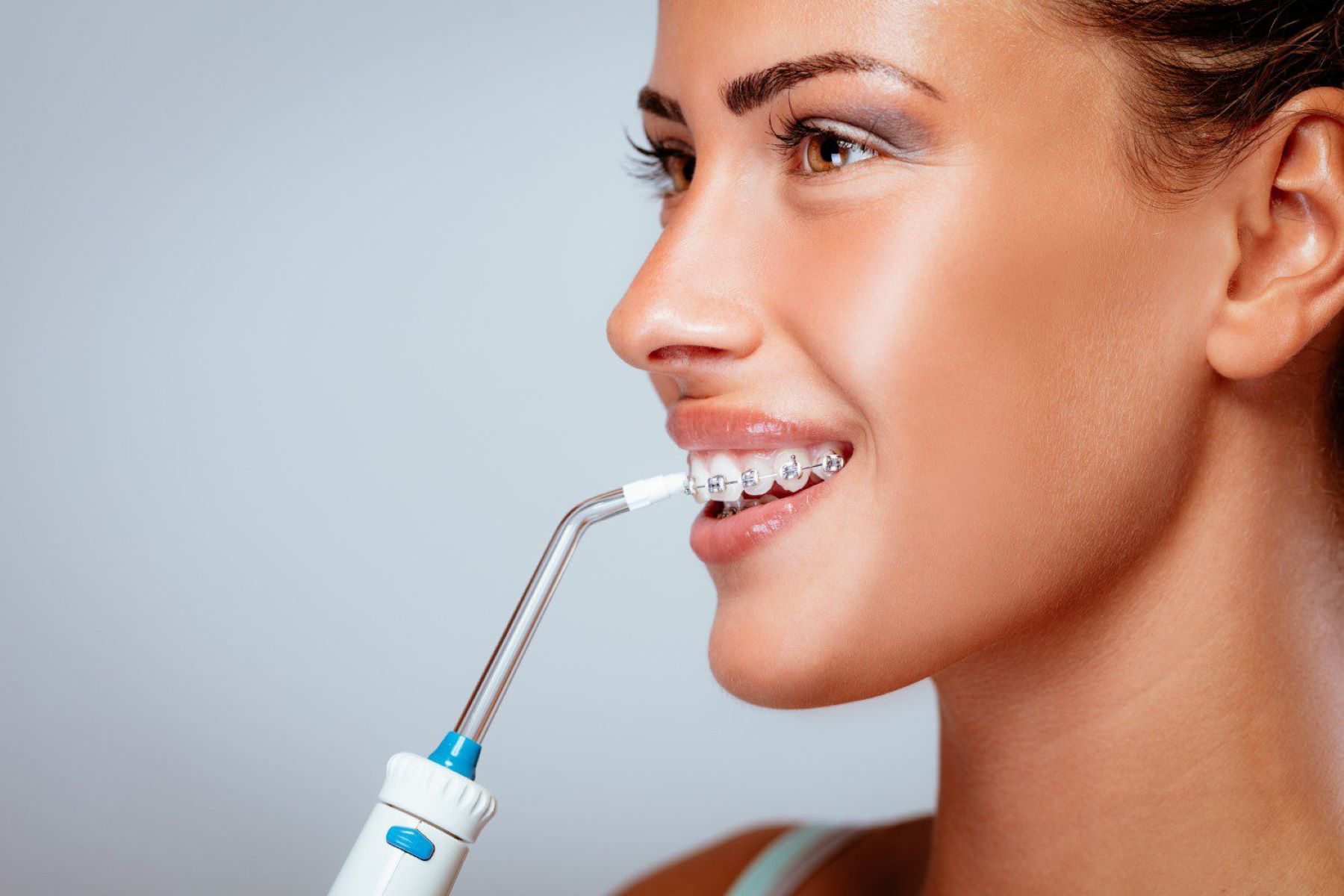

Bathroom Appliances
How Often To Use A Water Flosser
Modified: February 18, 2024
Discover the ideal frequency for using a water flosser in your oral care routine. Find out how often to incorporate this essential bathroom appliance for optimal dental hygiene.
(Many of the links in this article redirect to a specific reviewed product. Your purchase of these products through affiliate links helps to generate commission for Storables.com, at no extra cost. Learn more)
Introduction
Maintaining good oral hygiene is essential for overall health and well-being. While brushing your teeth is a fundamental part of oral care, it's equally important to pay attention to the spaces between your teeth and along the gumline. This is where a water flosser comes into play as a valuable tool for achieving comprehensive oral cleanliness.
A water flosser, also known as a water pick or oral irrigator, is a device that uses a steady stream of water to remove food particles, plaque, and bacteria from the areas that traditional brushing and flossing may not effectively reach. It's a gentle yet effective way to clean between teeth and along the gumline, promoting healthier gums and fresher breath.
In this article, we will delve into the benefits of using a water flosser, provide recommendations on how often to use this device, discuss important factors to consider, and ultimately empower you to make informed decisions about integrating a water flosser into your oral care routine. Let's explore the world of water flossing and discover how this innovative tool can contribute to your oral health journey.
Key Takeaways:
- Water flossers provide a gentle yet thorough clean, promoting healthier gums and fresher breath. Using it once a day complements brushing and flossing for a comprehensive oral care routine.
- Consider personal comfort, oral health needs, and professional advice when deciding how often to use a water flosser. It’s a customizable and convenient tool for a cleaner, healthier smile.
Read more: How To Use A Water Flosser
Benefits of Using a Water Flosser
-
Comprehensive Cleaning: A water flosser provides a thorough and comprehensive cleaning experience, reaching areas that traditional flossing and brushing may miss. The pulsating water stream effectively dislodges food particles and plaque from between teeth and along the gumline, promoting a cleaner and healthier mouth.
-
Gentle on Gums: Unlike traditional floss, which can sometimes cause discomfort and bleeding, a water flosser offers a gentle and soothing cleaning process. This makes it an ideal option for individuals with sensitive gums or those prone to gum irritation.
-
Promotes Gum Health: Regular use of a water flosser can contribute to improved gum health. By effectively removing debris and bacteria from the gumline, it helps prevent gingivitis and promotes overall gum health, reducing the risk of gum disease and related complications.
-
Freshens Breath: The cleansing action of a water flosser helps eliminate bacteria and food particles that can cause bad breath. By incorporating a water flosser into your oral care routine, you can enjoy fresher breath and enhanced confidence throughout the day.
-
Ideal for Dental Work: For individuals with dental implants, braces, or other dental work, a water flosser can be particularly beneficial. It provides a gentle yet effective way to clean around dental appliances, ensuring thorough oral hygiene and reducing the risk of complications associated with dental work.
-
Customizable Pressure Settings: Many water flosser models offer adjustable pressure settings, allowing users to customize the intensity of the water stream based on their comfort and specific oral care needs. This versatility makes it suitable for individuals with varying levels of sensitivity and oral health requirements.
-
Convenient and Time-Saving: Using a water flosser is convenient and time-saving, making it easier to maintain a consistent oral care routine. With its efficient cleaning action, it can be particularly beneficial for individuals with busy lifestyles who seek an effective yet efficient method of oral hygiene maintenance.
-
Enhances Overall Oral Health: By complementing traditional brushing and flossing, a water flosser contributes to enhanced overall oral health. It helps prevent plaque buildup, reduces the risk of cavities and gum disease, and supports a cleaner, healthier mouth.
Incorporating a water flosser into your oral care routine can offer a multitude of benefits, promoting improved oral health, enhanced comfort, and a fresher, more confident smile. With its gentle yet effective cleaning action, a water flosser stands as a valuable addition to any individual's oral hygiene regimen.
Frequency Recommendations
Determining the optimal frequency for using a water flosser is crucial for maximizing its benefits and maintaining excellent oral hygiene. While there is no one-size-fits-all approach, several factors can guide individuals in establishing a suitable water flossing routine.
General Guidelines
For most individuals, using a water flosser once a day is a recommended frequency. Incorporating water flossing into your daily oral care routine can help effectively remove plaque, food particles, and bacteria, contributing to healthier gums and a cleaner mouth. This daily practice complements regular brushing and traditional flossing, creating a comprehensive approach to oral hygiene.
Specific Oral Health Needs
Certain oral health conditions or predispositions may warrant more frequent use of a water flosser. Individuals with gum disease, orthodontic appliances, dental implants, or specific dental work may benefit from using a water flosser more than once a day. Additionally, those prone to plaque buildup or with a history of gum sensitivity can consider increasing the frequency of water flossing to address their unique oral health requirements.
Read more: How To Use The Waterpik Water Flosser
Personal Comfort and Preference
The frequency of water flossing can also be influenced by personal comfort and preference. Some individuals may find that using a water flosser twice a day, particularly after meals, provides a refreshing and invigorating oral cleansing experience. Others may opt for once-daily use, integrating it into their morning or evening oral care routine based on their convenience and lifestyle.
Professional Recommendations
Consulting with a dental professional can offer valuable insights into establishing an optimal water flossing frequency. Dentists and dental hygienists can assess individual oral health needs, provide personalized recommendations, and offer guidance on incorporating a water flosser into a tailored oral care regimen.
Monitoring Oral Health
Regularly monitoring oral health and being attentive to any changes can help determine the effectiveness of a chosen water flossing frequency. Adjusting the frequency based on observed improvements or specific oral health concerns can contribute to maintaining optimal oral hygiene and overall well-being.
In essence, the frequency of using a water flosser should be tailored to individual oral health needs, comfort, and professional guidance. By integrating water flossing into a personalized oral care routine, individuals can experience the comprehensive benefits of this innovative oral hygiene tool, promoting healthier gums, fresher breath, and a cleaner, more confident smile.
Factors to Consider
When incorporating a water flosser into your oral care routine, several important factors should be taken into consideration to optimize its effectiveness and seamlessly integrate it into your daily life.
Read more: How To Use A Quip Water Flosser
Oral Health Needs
Individuals with specific oral health needs, such as gum disease, orthodontic appliances, dental implants, or dental work, should consider how a water flosser can address these requirements. For example, those with orthodontic appliances may benefit from a water flosser's ability to effectively clean around brackets and wires, promoting better oral hygiene during orthodontic treatment. Similarly, individuals with dental implants can utilize a water flosser to maintain optimal cleanliness around the implant sites, reducing the risk of complications and supporting long-term implant success.
Pressure Settings
Many water flosser models offer customizable pressure settings, allowing users to adjust the intensity of the water stream based on their comfort and oral care needs. It's essential to consider your oral sensitivity and comfort level when selecting the appropriate pressure setting. Individuals with sensitive gums or those new to water flossing may prefer lower pressure settings initially, gradually increasing the intensity as they become accustomed to the sensation.
Water Reservoir Capacity
The water reservoir capacity of a water flosser can influence convenience and usability. Larger reservoirs require less frequent refills, making them suitable for individuals seeking a more continuous and uninterrupted water flossing experience. Conversely, smaller reservoirs may be preferred for their portability and ease of storage, catering to individuals with limited space or those who prioritize travel-friendly oral care solutions.
Cleaning Tips and Maintenance
Understanding the cleaning and maintenance requirements of a water flosser is crucial for ensuring its longevity and optimal performance. Some models may require regular cleaning of internal components or periodic replacement of specific parts, such as nozzles or filters. Familiarizing yourself with the recommended cleaning practices and maintenance routines can contribute to the efficient and reliable operation of your water flosser over time.
Read more: How To Use A Water Flosser With Braces
Space and Storage
Consider the available space in your bathroom or oral care area when selecting a water flosser. Compact and space-efficient models may be preferable for individuals with limited countertop or storage space, while those with ample room may opt for larger, feature-rich water flossers with additional functionalities.
Professional Guidance
Seeking advice from dental professionals can provide valuable insights into selecting the most suitable water flosser for your specific oral health needs. Dentists and dental hygienists can offer recommendations based on individual oral conditions, ensuring that the chosen water flosser aligns with your oral care goals and contributes to improved oral health.
By carefully considering these factors, individuals can make informed decisions when incorporating a water flosser into their oral care routine, maximizing its benefits and seamlessly integrating it into their daily hygiene practices.
Conclusion
In conclusion, the incorporation of a water flosser into your daily oral care routine can significantly contribute to improved oral health, enhanced comfort, and a fresher, more confident smile. The benefits of using a water flosser, including comprehensive cleaning, gentle gum care, and enhanced gum health, make it a valuable addition to traditional brushing and flossing. By leveraging the customizable pressure settings and convenient time-saving features of a water flosser, individuals can establish a personalized oral care regimen that aligns with their unique oral health needs and lifestyle.
Determining the optimal frequency for using a water flosser involves considering individual oral health requirements, personal comfort, and professional recommendations. While a once-daily water flossing routine is a general guideline, specific oral health conditions, personal preferences, and professional guidance can influence the frequency of use. Regular monitoring of oral health and adjustments to the water flossing frequency based on observed improvements are essential for maintaining optimal oral hygiene and overall well-being.
When integrating a water flosser into your oral care routine, it's crucial to consider factors such as oral health needs, pressure settings, water reservoir capacity, cleaning and maintenance requirements, space and storage considerations, and seeking professional guidance. By carefully evaluating these factors, individuals can select a water flosser that aligns with their oral care goals, addresses specific oral health needs, and seamlessly integrates into their daily hygiene practices.
Ultimately, the use of a water flosser represents a proactive approach to oral health, promoting cleaner teeth, healthier gums, and fresher breath. By embracing the benefits of water flossing and tailoring its use to individual needs, individuals can embark on a journey towards enhanced oral hygiene, greater comfort, and a confident, radiant smile. With its gentle yet effective cleaning action, a water flosser stands as a valuable ally in the pursuit of optimal oral health and overall well-being.
Frequently Asked Questions about How Often To Use A Water Flosser
Was this page helpful?
At Storables.com, we guarantee accurate and reliable information. Our content, validated by Expert Board Contributors, is crafted following stringent Editorial Policies. We're committed to providing you with well-researched, expert-backed insights for all your informational needs.
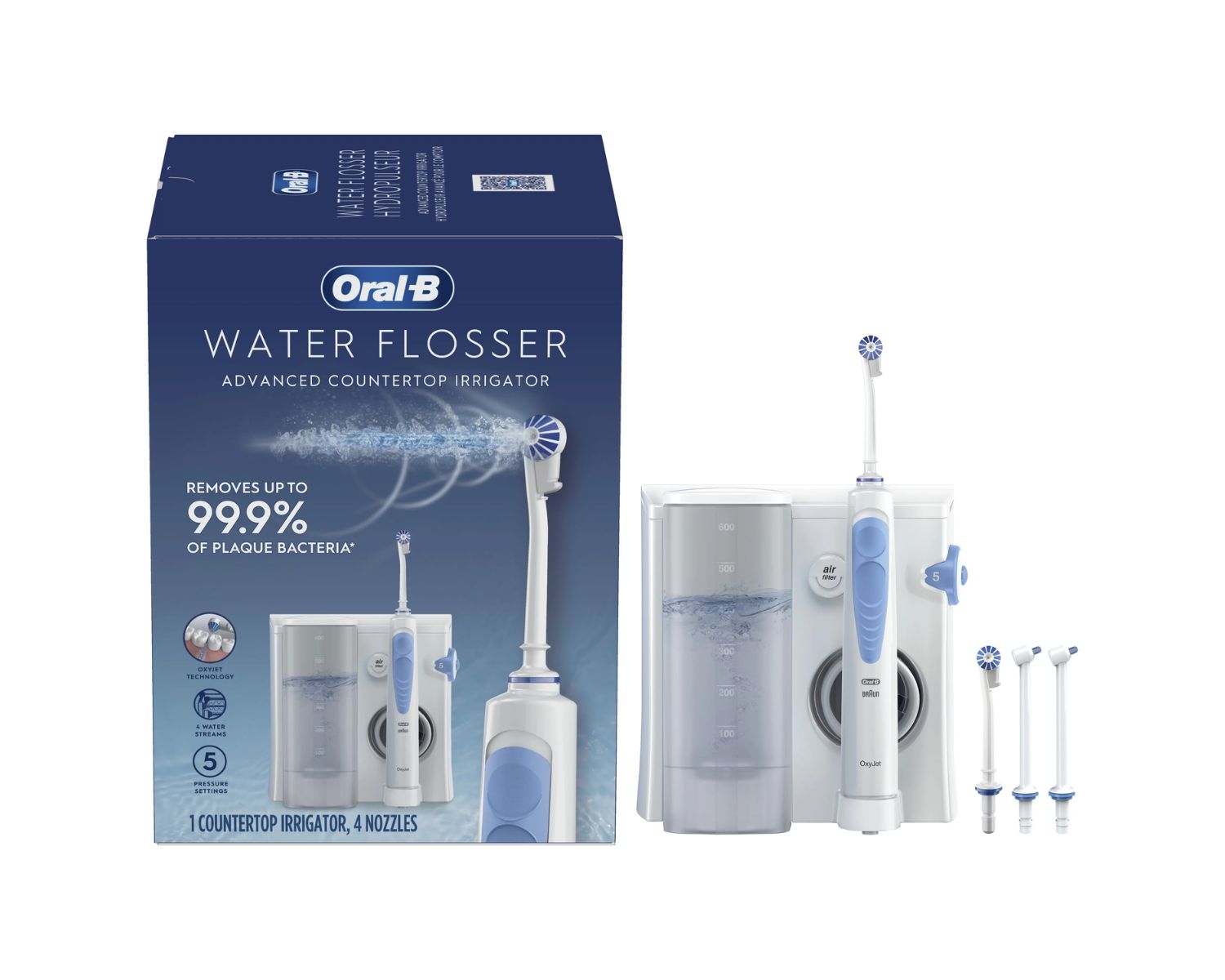


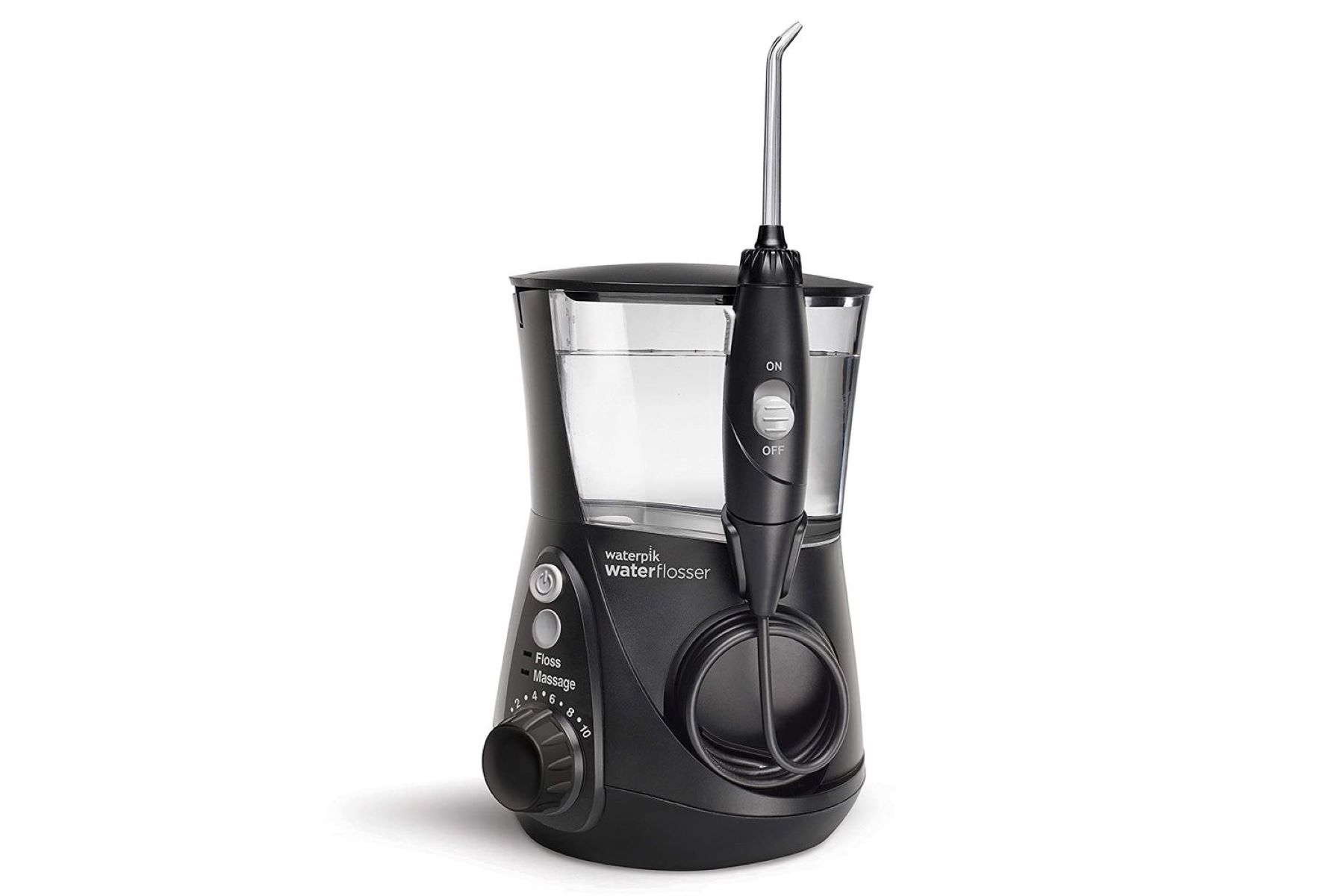
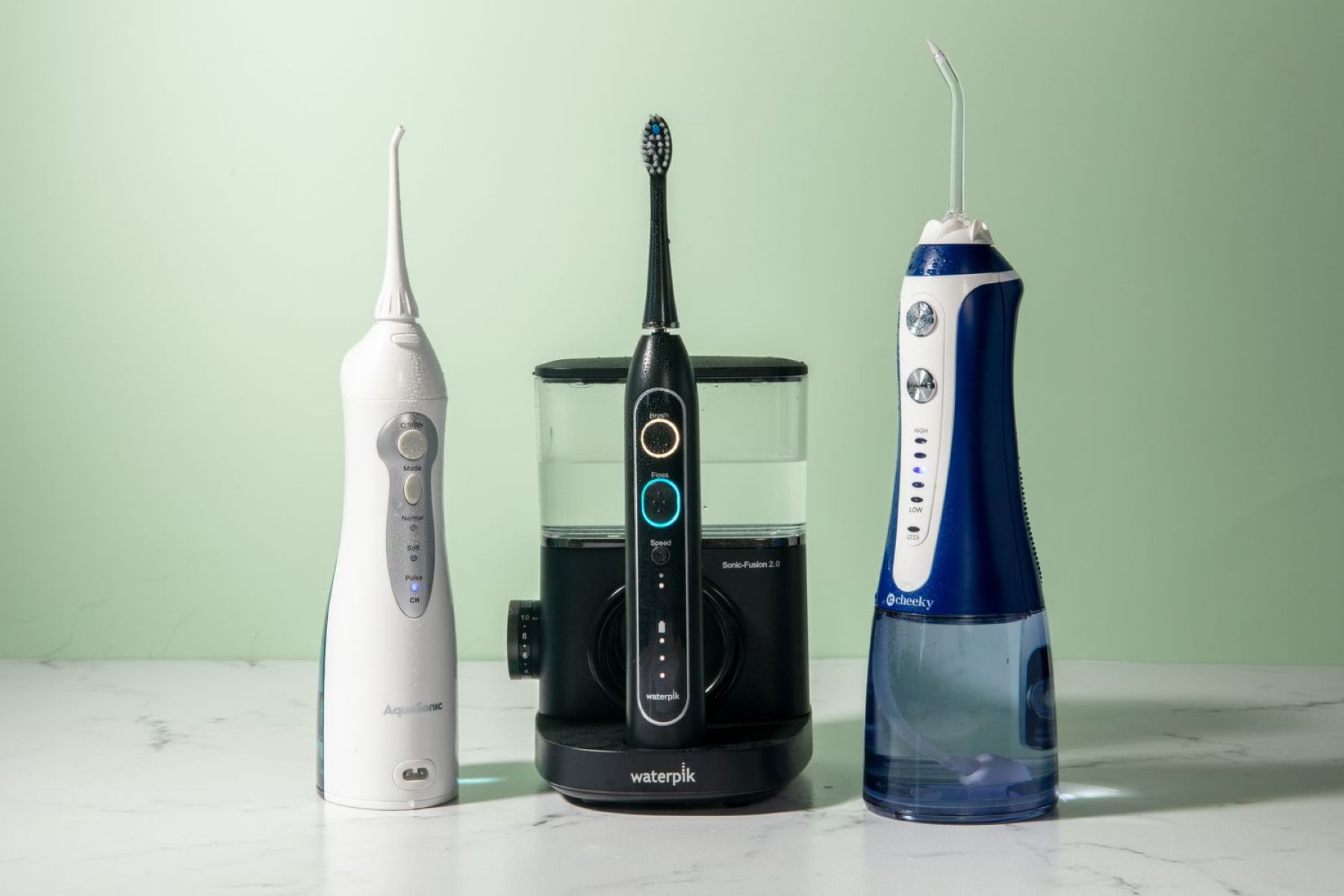
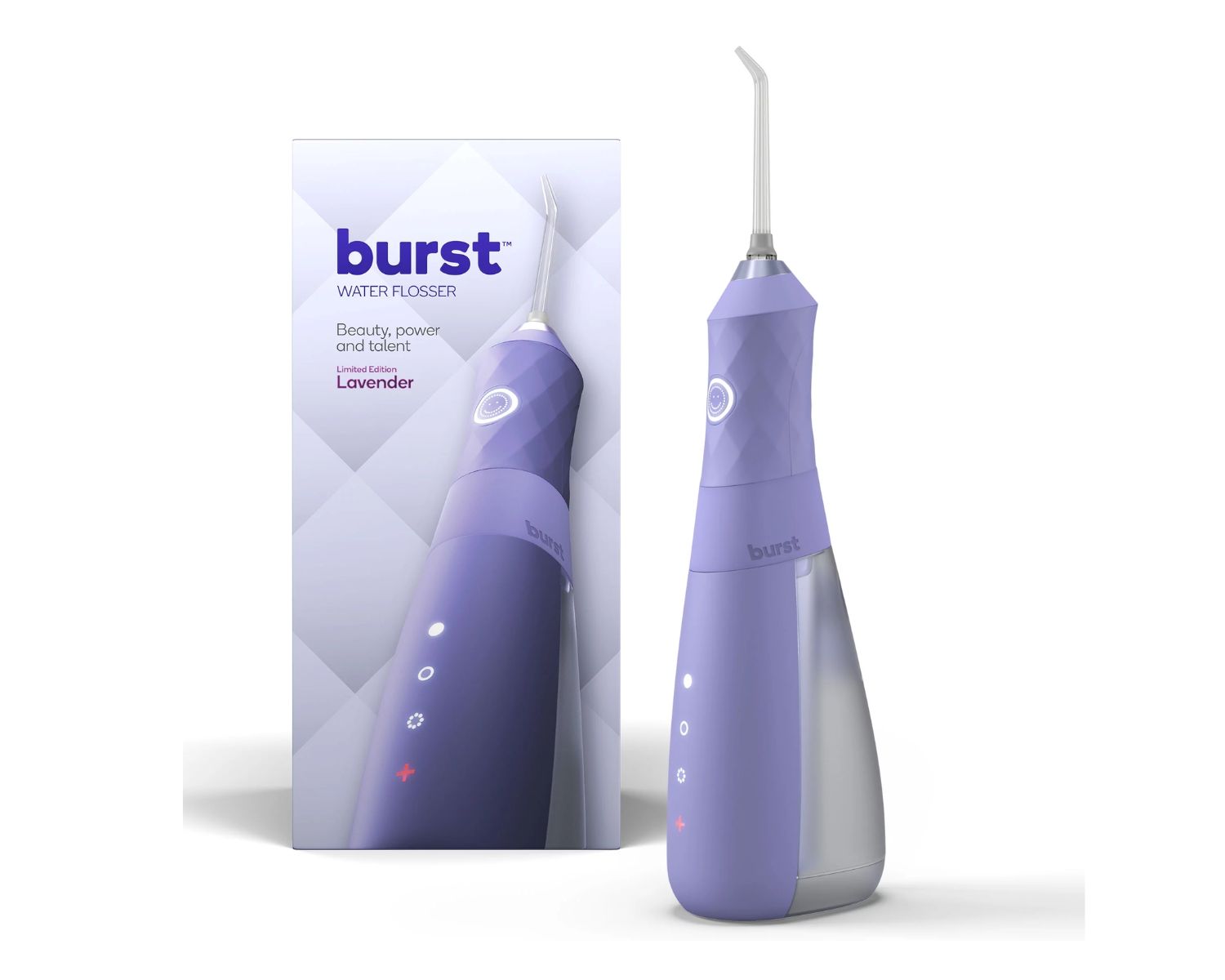
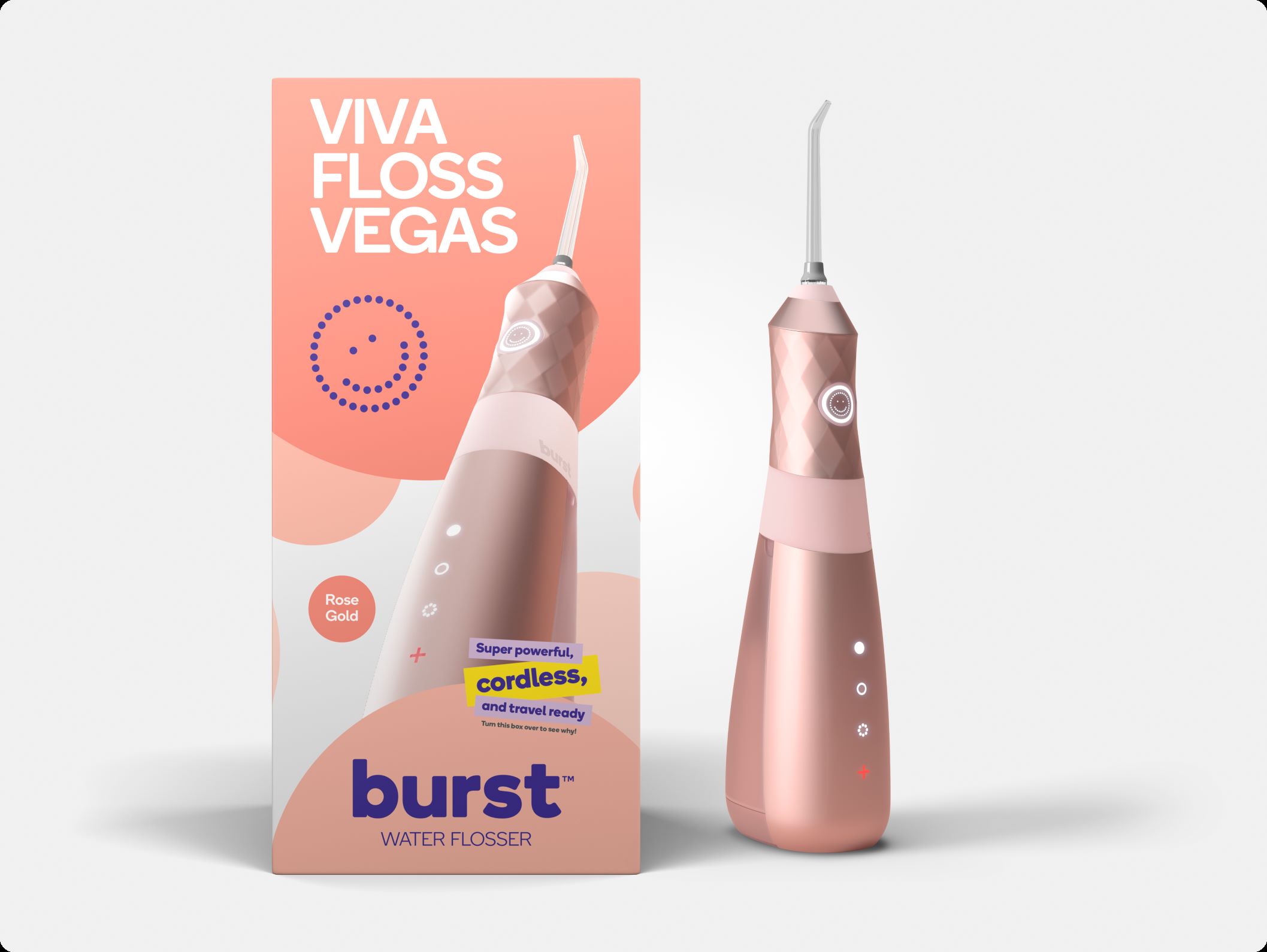
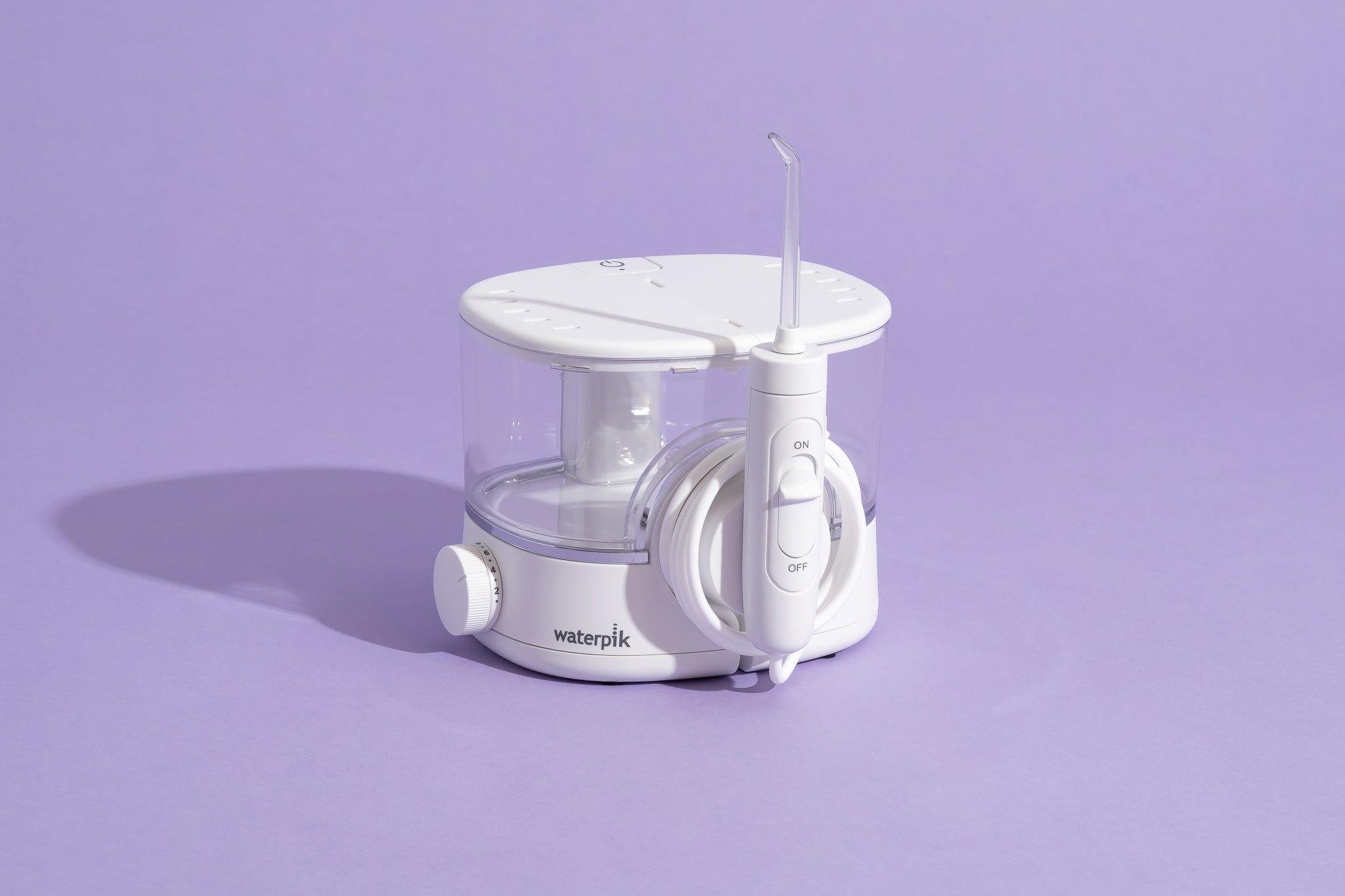
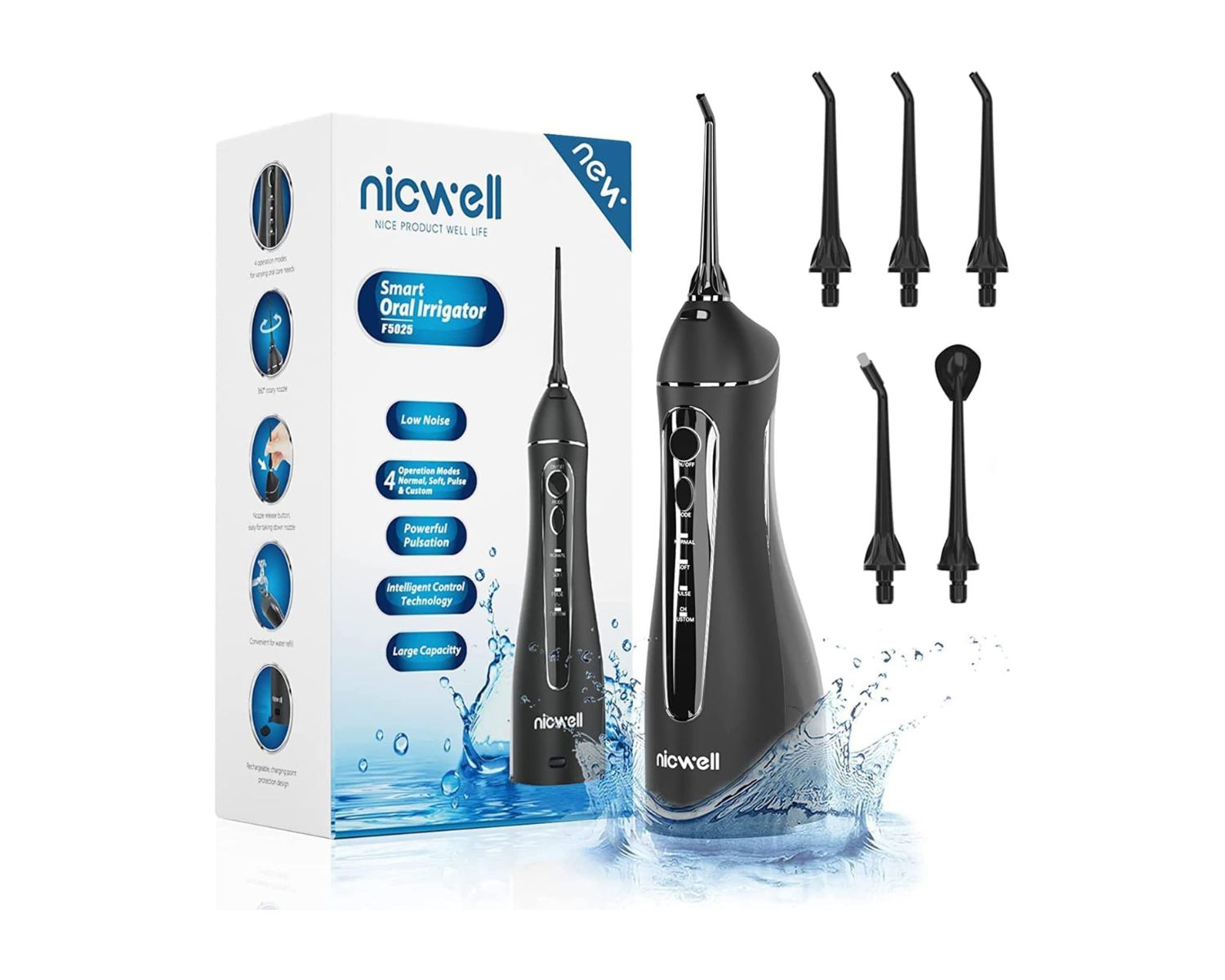
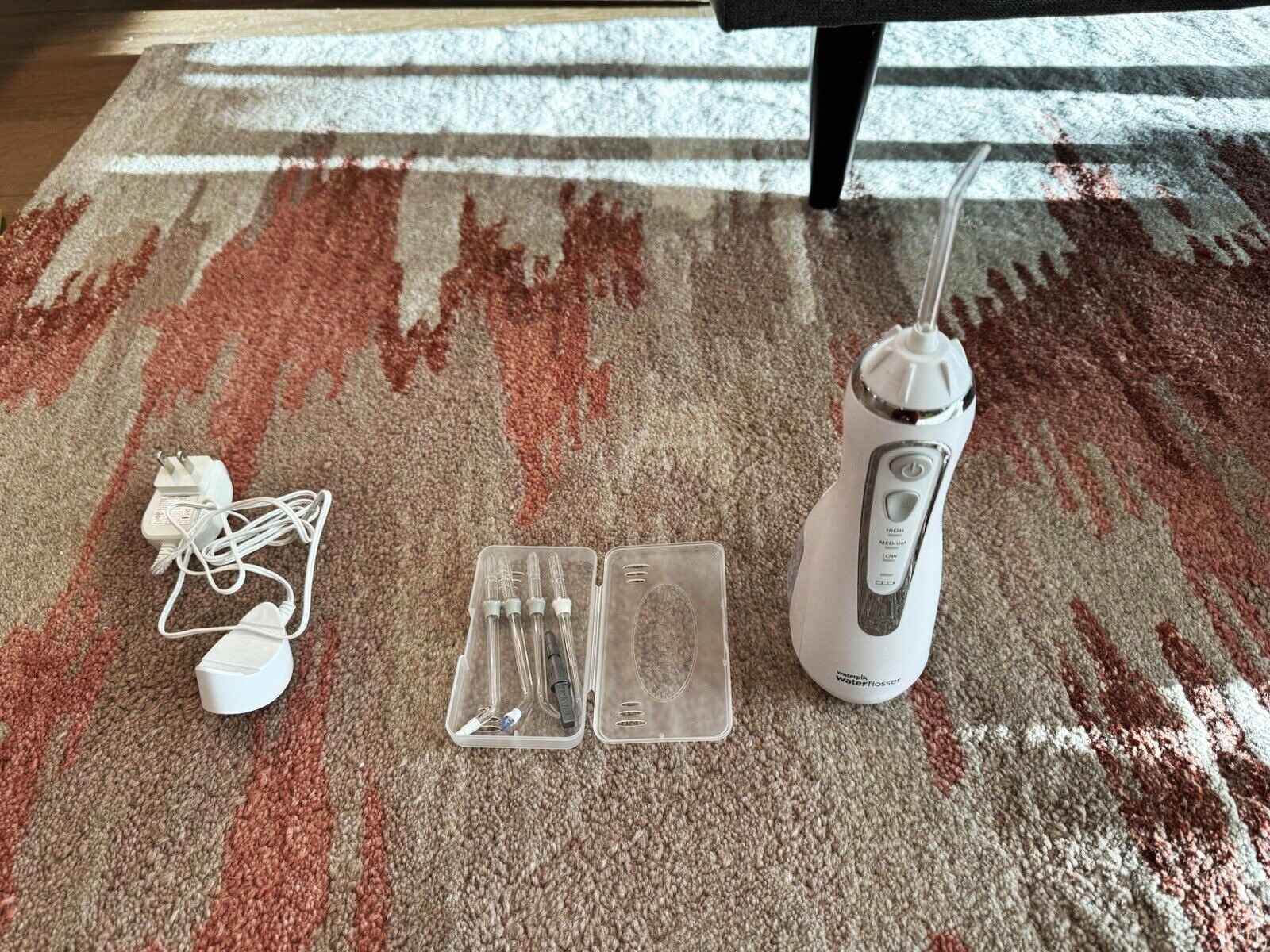
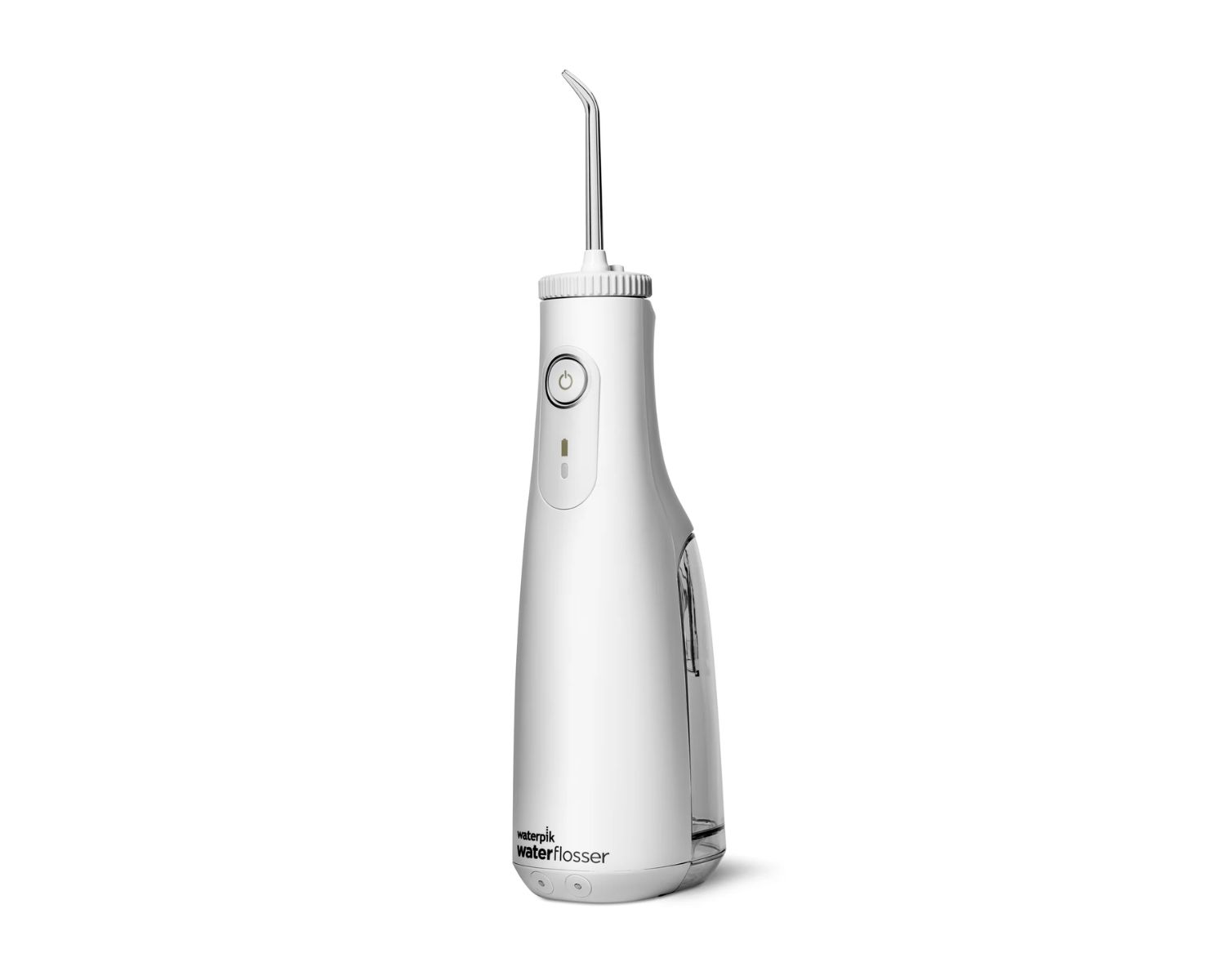
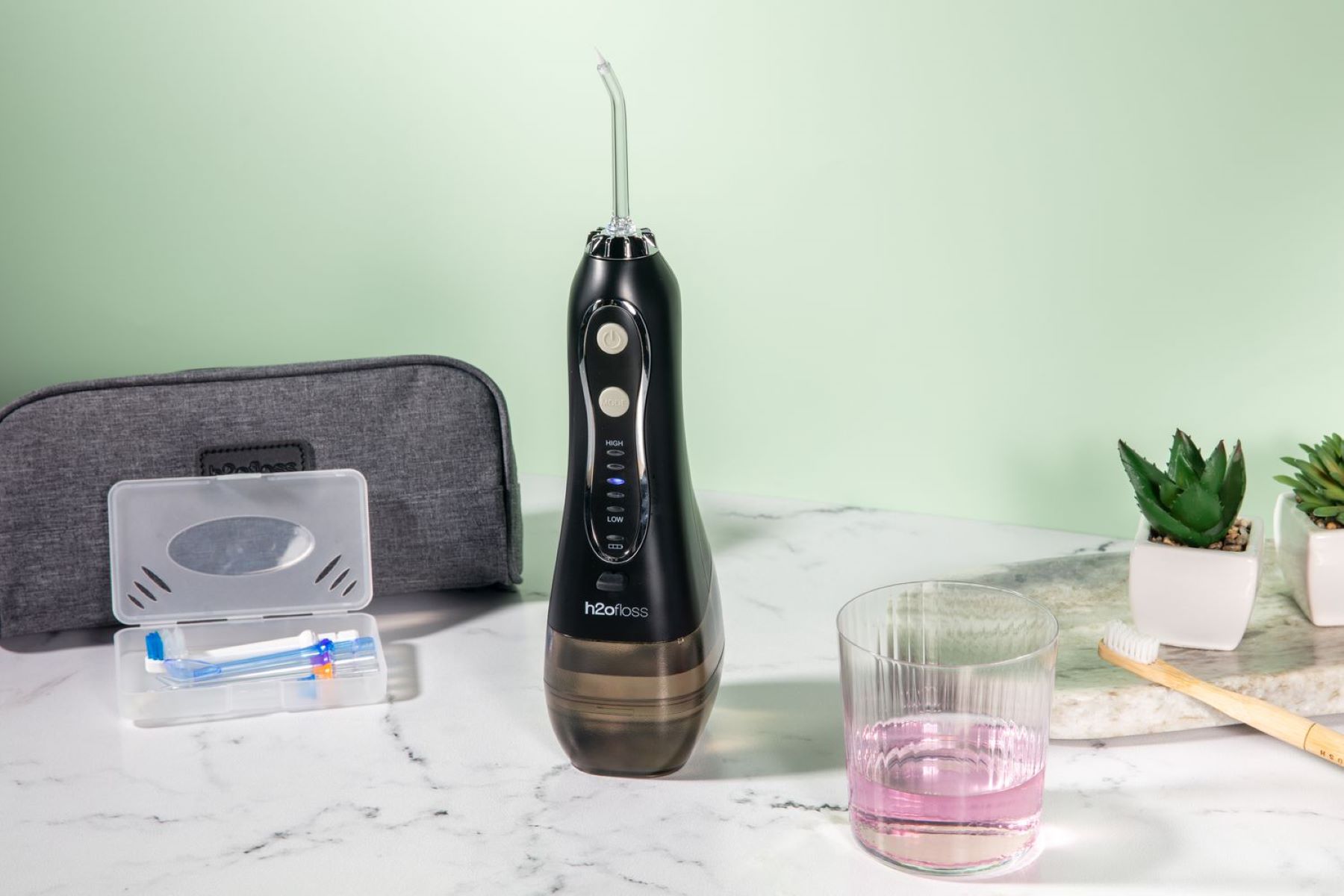

0 thoughts on “How Often To Use A Water Flosser”